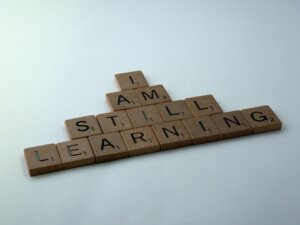
The topics of Training and Development, and Communication are so intricately entwined that I can’t help myself talking about it.
I argue that the basic communication process is not simple, but in concept it is really–and those who get the Primer embedded have the easiest time adding the complicated parts. Never say, “in other words.” Never say never. If what I just said sounded like a bunch of gobbledygook, let me clarify.
I have been at this communication business a long time as an actor, speaker, trainer and writer, but also as a father, a husband, a student, an employee, a person of the world. We are unique among species on this planet in that we can communicate complex information, sometimes beautifully in a variety of media (some call it art)–that we can transfer ideas and not just distress calls, territorial warnings, or send sexual signals for perpetuating our species. Naturally we do do those other things and more, but we forget how special each and everyone of us is. We have differences. We don’t operate on instinct, but on learning as well. We learn, teach, promote, propagandize, analyze, dissect, clarify, obfuscate and can use a hundred million other words that address how we can manipulate language to our own purposes. Those purposes are why we speak.
Stop taking communication for granted. I see too many trainers either take it for granted or are too focused on the information and expected results than knowing if their message is truly received.
Believe it or not some trainers are actually afraid of speaking, but it is nothing to be ashamed of. They are subject-matter experts who need to understand communicating that information is not about who knows it best. That’s a difficult concept for managers to believe as well. And, the debate goes on. This writer believes the subject can be presented in such a way by a trainer (communicator) without apology if done right. If the subject and object of the training is to transmit complex information the audience will readily and anxiously absorb, then by all means have a subject matter expert present and a communicator to assist with the communication aspects: organization, facilitation, and message as needed.

If you are afraid of speaking, it most likely has to do with how you see yourself in the equation, how you fit in. If you are speaking well and no one seems interested, maybe you haven’t taken your audience into account as much as your message. It’s simple: care about them, address their concerns, and they’ll care about you. There’s no guarantee they’ll buy your product, but they won’t be able to say a bad thing about you and they’re more like to remember and pass on what you say.
Knowing the subject is important, but unless someone is transcribing every word, it’s not necessary or preferable to be a know-it-all. You own the stage on behalf of the people in the audience, give them what they need to know, and the means and desire to find the rest if you can. Your efforts make you a leader, more of a fountain of information, which is better than faucet that shoots out information.
Be honest and genuine. Self-deprecating humor is funny; it means you’re human. Do not make fun of your audience. Instead build them up (within reason) and treat them like thinking adults and they will respond. Too much love and they will dismiss you. It seems disingenuous even if “the love” is totally sincere. Knowing the difference between your audience and yourself is important in how you convey that information: respectfully, humorously, flippantly, scientifically, politically correct, etc.
If the message we are sending is not received, it may as well not be sent. Communication must be understood as intended or again our purpose in sending the information is a waste of time. My mantra of know your audience, know your subject, and know yourself places communication at a very basic level. You have to know these things or you will not be able to communicate effectively. You may be able to present or speak beautifully, but if your audience doesn’t “give a damn,” you’ve achieved nothing–unless the act of speaking as some perverse form of entertainment was your purpose. Unless, of course, your audience was all set to hear your lovely voice, listen to the pattern of your words and sit there patiently until you finished. It happens. People are polite, but while that is nice, we want our messages heard. Don’t worry I haven’t forgotten the times we do speak to entertain, motivate or inspire. If any speaker or trainer is more concerned about his or her audience, it is then.
So what are the basic ABCs of presenting?
- Know your audience, know your subject and know yourself. Remember to never hold yourself higher than your audience. You may own the stage and were asked to be there because you have great know, but it is your audience you are there to serve and you owe it to them. If you do see yourself in higher regard than the audience, then restrain yourself and read my post on Character Training.
- In developing your presentation (or modifying a standard product to fit) customize it to the point you don’t have to explain why this presentation isn’t for every audience member. It pretty much should be and you should ask enough before, after and during the presentation to make sure your message was heard loud and clear.
- Don’t stumble where your knowledge is concerned. If you need to write it down so you get it exactly correct, don’t worry about apologizing to your audience that your going to read a small important excerpt. I emphasize small. Give them a link or reference if they want or need more. Unless you are the source and your session is taking more the form of a college lecture, keep it short and to the point. We’ve all heard of KISS. Keep your presentation Short and Simple. As I tell essay students: don’t write more than you have to get your point across. Follow the basic rule of telling ’em what you’re going to tell ’em, tell ’em, and tell them what you told them.
- Bring the “you” into your presentation (it is an essay, too). Without you in the presentation, anyone can give the information. With you in the presentation, it is unique and becomes part of the message. You flavor the information with your point of view. Information is one thing; message is another. It’s one thing to know something. For example, everyone knows how to communicate; we just forget some aspects and not do it well all the time. For those of us whose job it is to communicate, the message is all important, which is what we add to it. A rule of thumb for me as I bring in a point is to relate it in some way to my audience via example, illustration, anecdote, statistic–anything that brings it closer to them. We add the spice and make it memorable to our audience. It is our gift. Make it a valuable one.
Final words.

If you are reading this, you are a gift to me. People who care. The words above are my opinion and I know some communication professionals may not agree or have other pointers. One of the things I like to do when I do a presentation on presenting is to stick to the basic rule again of saying more than you show, and handing out more than you say. I provide a series of handouts or links at the end of my presentation that contains other points of view and other expressions of some of the same subjects. As a theatre director, one thing is always clear, not everyone gets every word you say. I can explain a concept one way and another person can use a different approach.
My bottom line: I don’t care how my audience gets the information. I’m there as an authority but my ego can handle the fact that if I weren’t there some “other” authority would be. By handing out information that agrees with me I enhance my credibility, and by handing out information that takes another view I make myself a person open to other views, therefore a leader. I can live with that.
So much for short and simple. Must I control that passion to write 1500 words? Yes, if I don’t want to lose readers who read the first paragraph only. As a teacher, I have a tendency to go long with explanation to make sure I have communicated well with everyone. As a coach I feel my best communication is realized in person, I also understand time is rare and with the current media tools available it is possible to look at coaching from a distance via Skype or similar tools, via DVD, or even via phone. I also apply skills in training development and training for companies as well. Enough of a promo. Check out my website for more blogs and information on my philosophies of coaching and training. Meanwhile, I appreciate and will continue using this as a vehicle to express my ideas and concerns in the area of training and development; I hope you continue to join me, RSS, or sign up for regular blogs. I try to do two a week, sometime three, and I welcome guest bloggers. Check out the link at the top. Next time, more on presentation development.
—
For more resources about training, see the Training library.
For a look at the human side of training from my Cave Man perspective, please check out my book, The Cave Man Guide to Training and Development. Happy training.
 Sections of this topic
Sections of this topic














